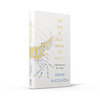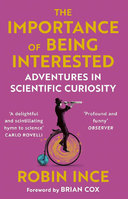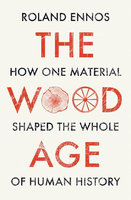New, Quality Gift Books - 50-90% off - over 2500 titles
Your basket is empty.
Categories Last Chance to buy! SEA IS NOT MADE OF WATER
SEA IS NOT MADE OF WATER
Book number: 93167
Product format: Hardback
In stock
Bibliophile price
£7.50
Published price
£20
Customers who bought this product also bought
|
MR MEN: MR BUSY'S POST: A Letter Book
Book number: 93717
Product format: Hardback
Bibliophile price
£5.50
Published price
£10.99
|
TREES OF LIFE
Book number: 94641
Product format: Hardback
Bibliophile price
£11.00
Published price
$29.95
|
|
|
MIDNIGHT IN CAIRO: The Divas of Egypt's Roaring Twenties
Book number: 94993
Product format: Hardback
Bibliophile price
£7.00
Published price
£22.50
|
IMPORTANCE OF BEING INTERESTED
Book number: 94477
Product format: Paperback
Bibliophile price
£4.00
Published price
£9.99
|
WOOD AGE
Book number: 94252
Product format: Paperback
Bibliophile price
£5.75
Published price
£14.99
|
Browse these categories as well: Last Chance to buy!, Nature/Countryside









